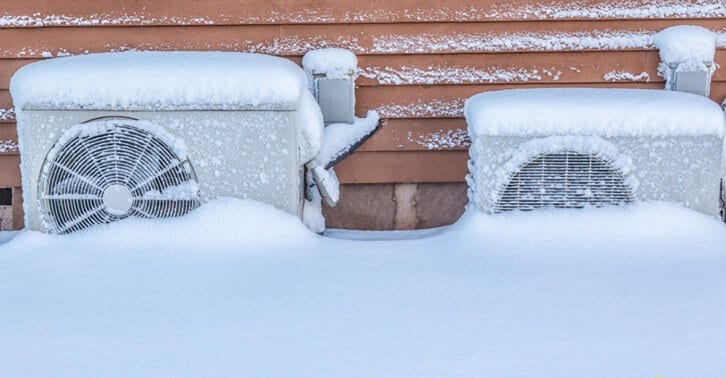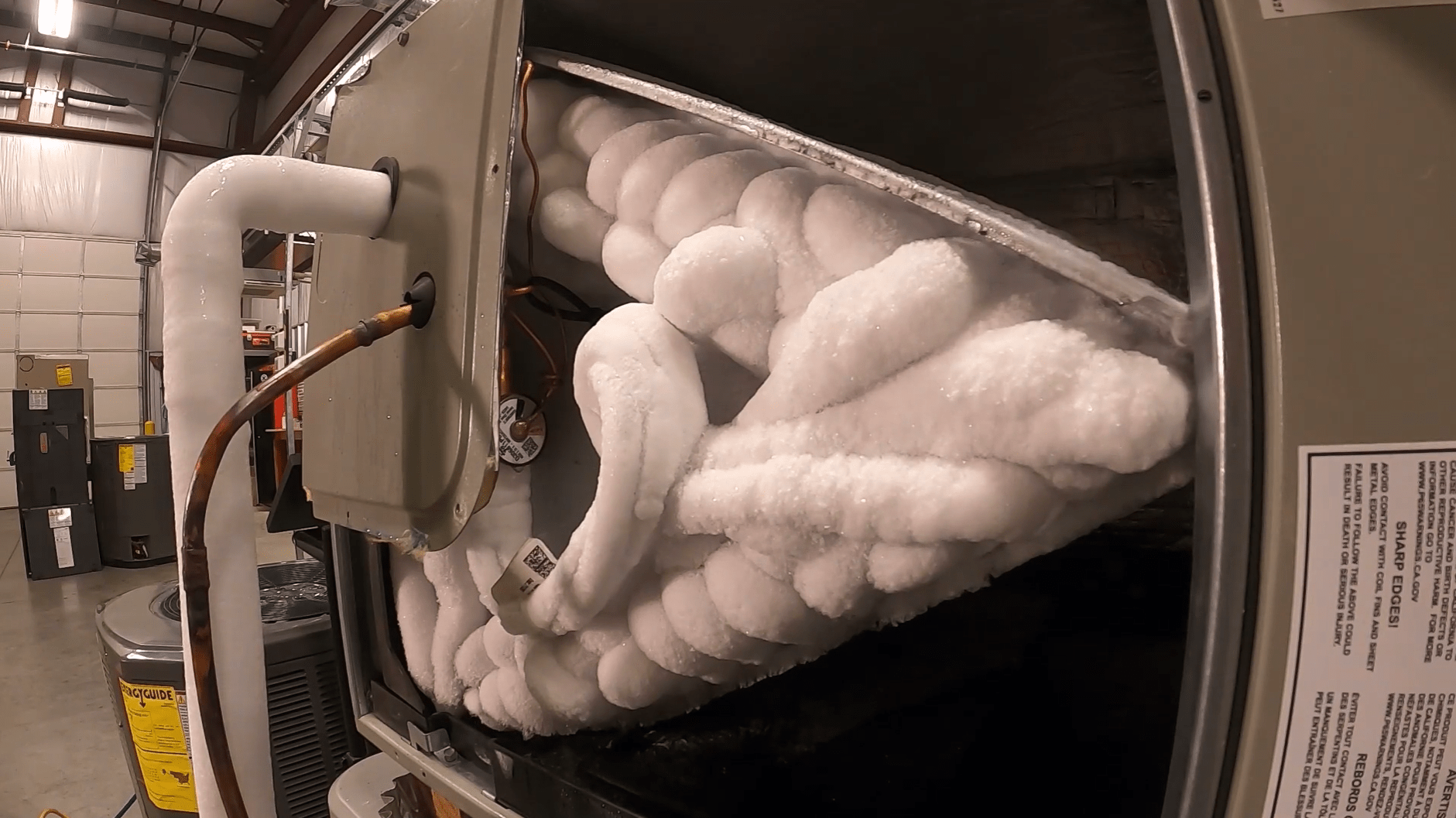Identifying a Frozen AC Pipe - Effective Solutions for Home Air Conditioning Systems
Identifying a Frozen AC Pipe - Effective Solutions for Home Air Conditioning Systems
Blog Article
The content listed below on the subject of How can I fix an air conditioner’s frozen pipe? is exceedingly interesting. Read it for yourself and see what you think of it.

Introduction
Uncovering that your AC pipe is frozen can be concerning, especially throughout hot summertime when you rely upon your air conditioner one of the most. Understanding what to do in such a scenario is important to avoid further damages to your cooling system and guarantee your convenience indoors.
Recognizing the Causes
Several factors can add to the cold of an AC pipe. Comprehending these reasons can aid you resolve the issue successfully.
Absence of Airflow
One typical source of an icy air conditioner pipeline is inadequate air movement. When the air movement over the evaporator coil is limited, it can trigger the coil to drop below freezing temperature, resulting in ice formation on the pipeline.
Reduced Refrigerant Levels
Inadequate cooling agent degrees in your AC system can additionally lead to an icy pipe. Low refrigerant degrees can create the pressure in the system to go down, resulting in the cold of moisture on the evaporator coil.
Winter Conditions
In colder environments, freezing temperatures outside can contribute to the cold of air conditioning pipelines. If your AC unit is not properly shielded or if there are leakages in the ductwork, chilly air can infiltrate the system, creating the pipeline to freeze.
Dirty Air Filters
Unclean or stopped up air filters can restrict air movement in your air conditioning system, leading to numerous issues, consisting of a frozen pipe. It's necessary to change or clean your air filterings system frequently to make certain proper air movement and prevent ice accumulation.
Indications of a Frozen AC Pipe
Recognizing the indications of an icy air conditioner pipe is important for timely activity.
Lowered Airflow
If you notice a considerable reduction in air movement from your vents, it can suggest a frozen pipe.
Ice Buildup on the Pipe
Visible ice buildup on the refrigerant line or the evaporator coil is a clear indication of a frozen AC pipeline.
Unusual Sounds from the Unit
Unusual sounds, such as hissing or bubbling, originating from your air conditioning device can signify that there's ice existing on the pipeline.
Immediate Actions to Take
When confronted with an icy a/c pipeline, it's vital to act rapidly to stop more damages to your air conditioning system.
Turning off the air conditioner
The primary step is to shut off your a/c to avoid the system from running and intensifying the problem.
Checking for Blockages
Evaluate the area around the indoor unit for any type of blockages that might be obstructing air flow, such as furnishings or drapes.
Defrosting the Pipe
You can make use of gentle techniques like putting towels taken in warm water around the icy pipeline to assist thaw it gradually.
Preventive Measures
Taking safety nets can assist prevent future incidents of a frozen air conditioning pipe.
When DIY Methods Fail
If your attempts to thaw the pipeline or address other problems are unsuccessful, it's time to hire a professional.
Relevance of Hiring a Professional HVAC Technician
A qualified HVAC professional has the experience and tools necessary to detect and repair concerns with your air conditioning system securely and efficiently.
Normal Maintenance Checks
Arrange routine maintenance talk to an expert HVAC technician to make certain that your air conditioner system is running effectively.
Altering Air Filters
Regularly change or clean your air filters to avoid air flow constraints and keep ideal performance.
Protecting Exposed Pipes
If your AC pipes are revealed to cold temperatures, take into consideration protecting them to avoid freezing during winter months.
Looking For Professional Help
If DIY approaches stop working to fix the problem or if you're unsure concerning exactly how to proceed, it's ideal to seek aid from a qualified HVAC technician.
Final thought
Handling an icy air conditioning pipeline can be an aggravating experience, yet knowing exactly how to react can help reduce damages and recover comfort to your home. By comprehending the reasons, identifying the signs, and taking prompt action, you can successfully resolve the issue and avoid future occurrences.
Frozen AC Line: Why It Happens & What To Do About It
A frozen AC line can be a rather peculiar sight in a place like Phoenix, Arizona where nothing ever freezes. In this post, we’ll discuss what makes an air conditioner line frozen – and what you can do about it.
Dirty Air Filters
Did you know that you should be cleaning or replacing your air filters on a monthly basis? Failing to do this can result in airflow issues that, in turn, cause your evaporator coils and lines to freeze over. You’ll notice a buildup of ice on both components, although the buildup on your pipes will, of course, be more evident unless you open your air condition up to reveal the coils.
What To Do About It
Give your air filter a good cleaning if it’s reusable. If not, replace the filter outright. Next, switch your air conditioner’s fan setting on and leave it there for 2-3 hours. This will draw warm air in, helping to thaw your evaporator coil. You can also check out this article for some tips on cleaning the coils themselves if you’d like to speed the process up. Before you switch the unit back to its normal state, make sure the supply vents are completely unobstructed and free of dust or other debris.
If you keep having this issue even after replacing your filters regularly, contact a local HVAC repair company and have them inspect your evaporator coil, ductwork, and any other components that may be at fault. If you live in the Phoenix, Arizona area, give American Home Water and Air a call.
Low Refrigerant Levels/Leakage
What To Do About It
Contrary to what air conditioner “recharge” companies often tell their clients about refrigerant, it should never need to be simply refilled. You see, refrigerant runs in what experts refer to as a “closed loop.” Refrigerant really shouldn’t be leaving that loop. If it is, you’ve got a leak.
Paying someone to come and pump more refrigerant into your system (aka “recharge” it) isn’t the solution. Doing that will simply kick the can down the road. Besides, refrigerant leaks can be harmful to the environment and people in your home.
Rather, you need to take care of the leak with the help of a technician. Check out this article for some more information about dealing with air conditioners that are leaking refrigerant. Before you contact a technician, switch your thermostat to the off position. Then, switch the fan setting on and let it run for 2-3 hours so the unit can thaw.
Improper Temperature Setting
Improper temperature settings can also cause a drop in your air conditioner’s pressure. What many people don’t realize is that air conditioners are actually designed to run when temperatures have fallen above roughly 60 degrees Fahrenheit. If you run the unit when it’s cold outside, you’ll run into many issues, including frozen components.

I found that blog posting on How can I fix an air conditioner’s frozen pipe? while perusing the internet. Loved our article? Please share it. Let other people find it. Thank you for your time invested reading it.
Visit The Following Page Report this page